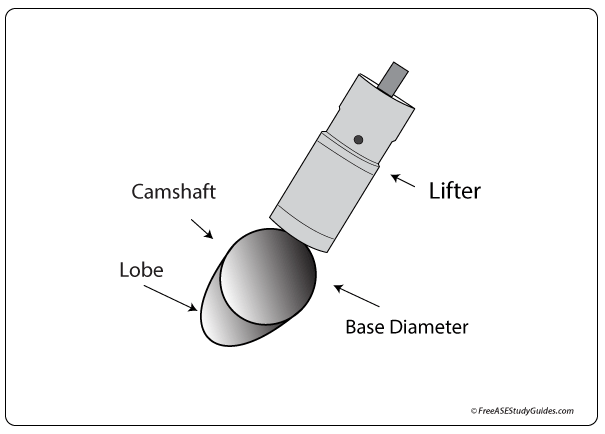Setting Valve Lash

Hydraulic lifters require a preload adjustment. A manufacturer may recommend 1/2 turn past zero lash. There should be a little resistance while turning the pushrod when its set to zero lash. This procedure provides the proper preload for the lifter, pushrod, and rocker arm.
Most engine noises are the result of excessive clearances caused by wearing or worn components. Valve tappets wear and become convex, decreasing the amount of lift. If a tappet (they are replaceable) has been over shimmed, the valve can burn because it remains open too long. The same is true for the pad or the adjustment screw for the rocker arm.

Valve Lift: Valve lift is the distance the valve is opened into the engine's cylinder. This is a result of valve train adjustments. In a camshaft in-the-block engine, this includes the camshafts lobe, the pushrod, and the characteristics of the rocker arm ratio (1.5:1 or 1.6:1). In an overhead cam engine, this involves the lift (distance from the center of the shaft) of the camshaft lobe and the tappet bucket.
Camshaft Duration: This is the amount of time the valve is open and off its seat. This measurement is taken in crankshaft degrees. This is the time the camshaft holds the valve open in a cylinder.